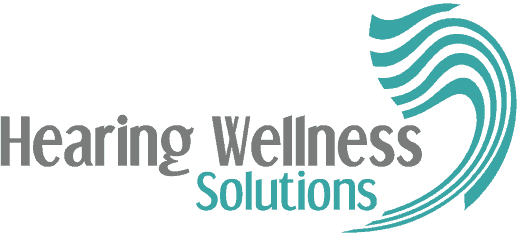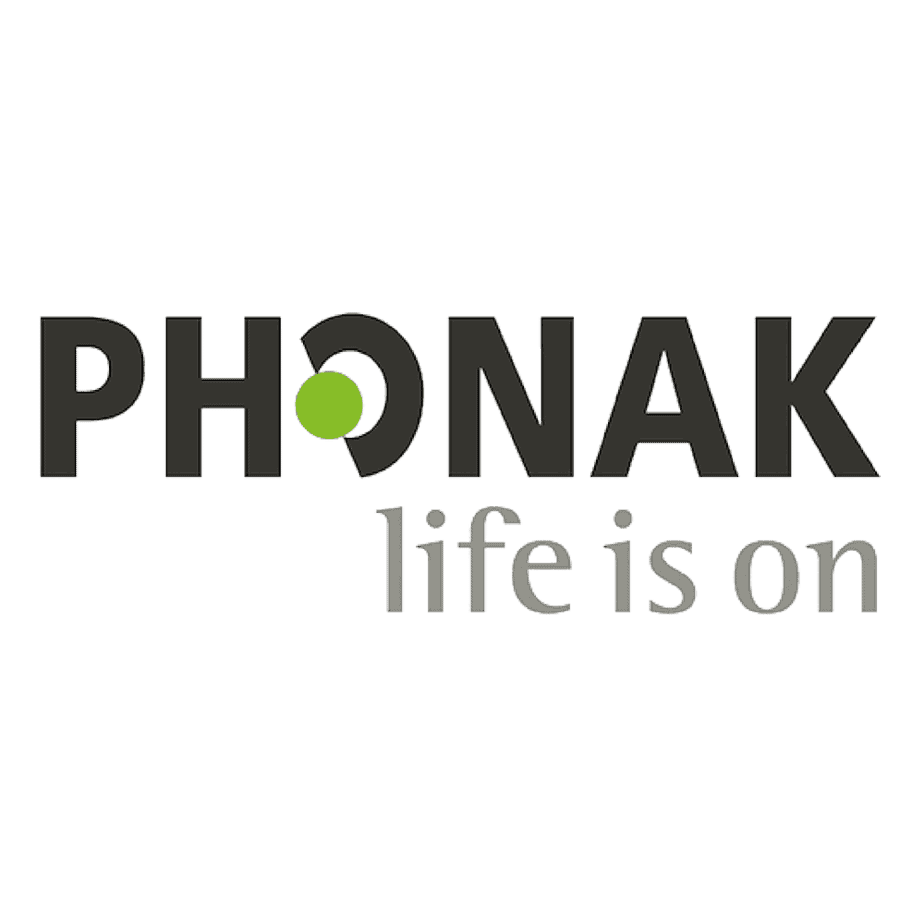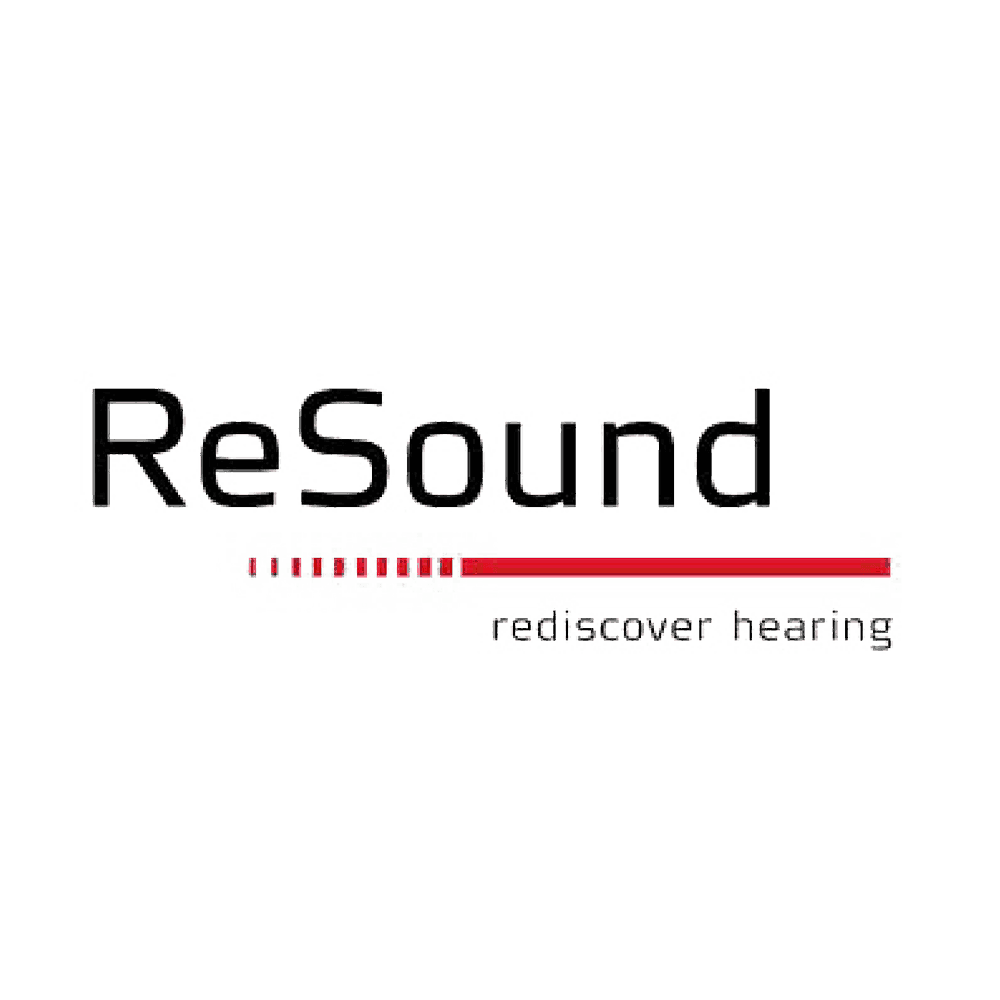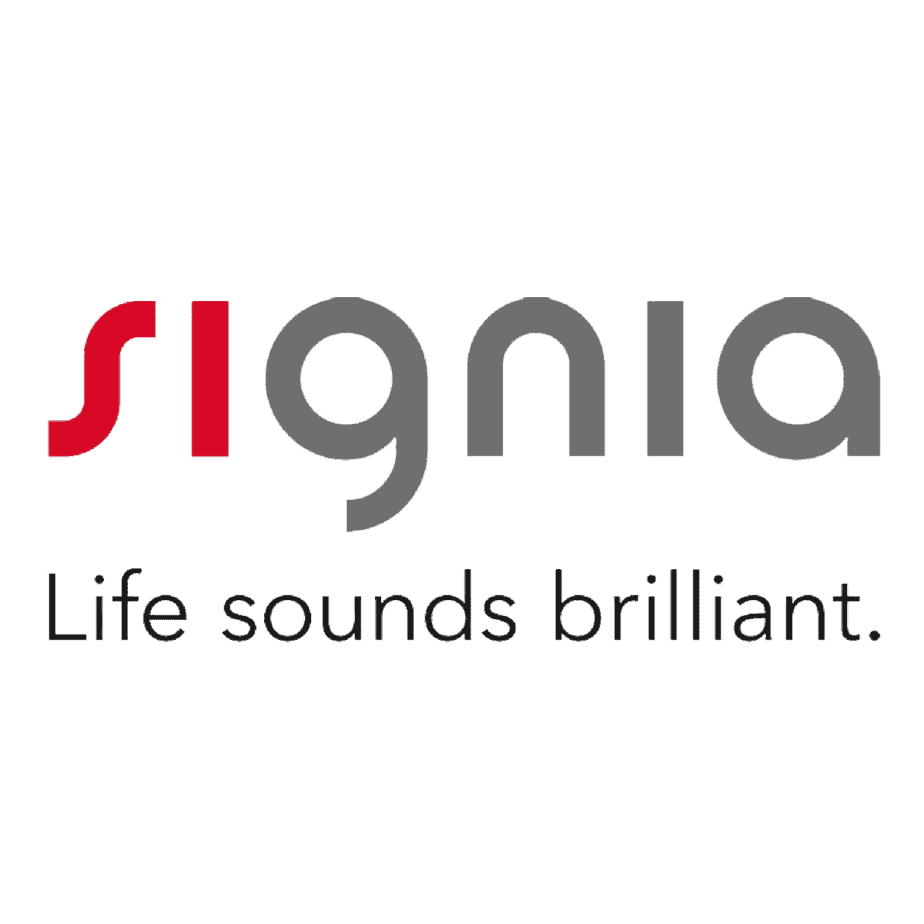Springfield Hearing Aids Center
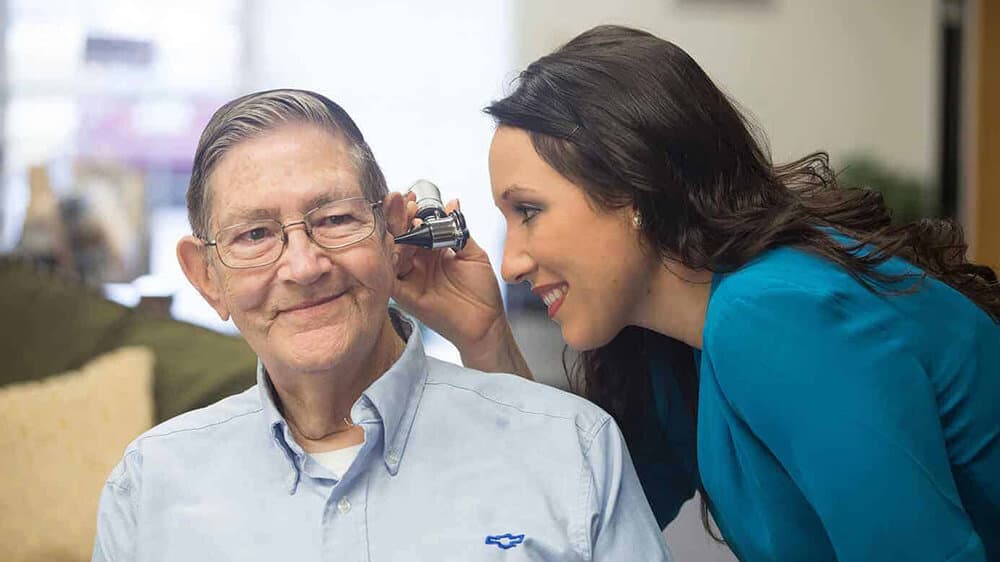
Best Place to Buy Hearing Aids in Springfield, MO
Our team at Hearing Wellness Solutions is here to help you choose hearing aids that are right for your hearing needs, the environments where you spend time, your lifestyle and your budget. We provide professional hearing aid fittings to ensure optimal benefits to the wearer. Every hearing aid fitting includes adjustments and programming so you get the best hearing possible.
With our experience, our roots in our community, and our commitment to finding the best solution for your specific needs (and not selling you features or technology you don’t need!), we pride ourselves on being the best place to buy hearing aids in Springfield, MO.
How Much Do Hearing Aids Cost in Springfield, Missouri?
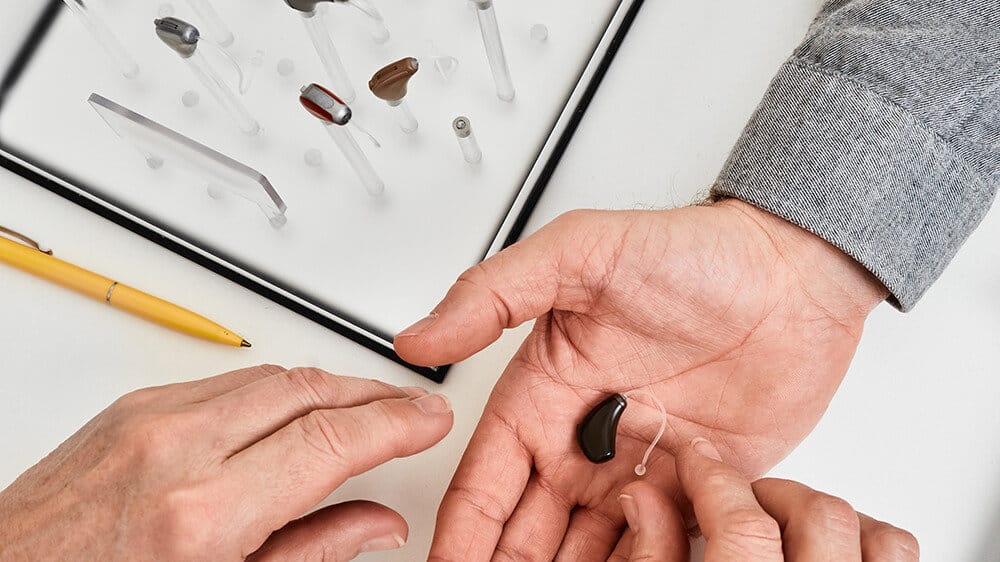
Finally, the cost of hearing aids in Springfield can also fluctuate depending on the provider. Some of them offer a variety of hearing aid brands at different price points, while others may only offer a limited selection from a couple of supported manufacturers. Therefore, it is vital to do some research and compare prices before making a purchase, as many hearing aid providers also offer financing options that can make devices much more accessible and affordable.
Overall, the cost of hearing aids in Springfield, Missouri varies widely and can fall anywhere in the hundreds to thousands of dollars. The final cost will depend on several factors, such as the type of hearing aid, the number of integrated features and technologies, as well as product options determined by individual providers. It is critical to consult with a hearing healthcare professional to select the best type of hearing aid for your lifestyle needs and budget.
Who Invented Hearing Aids?
When Were Hearing Aids Invented?
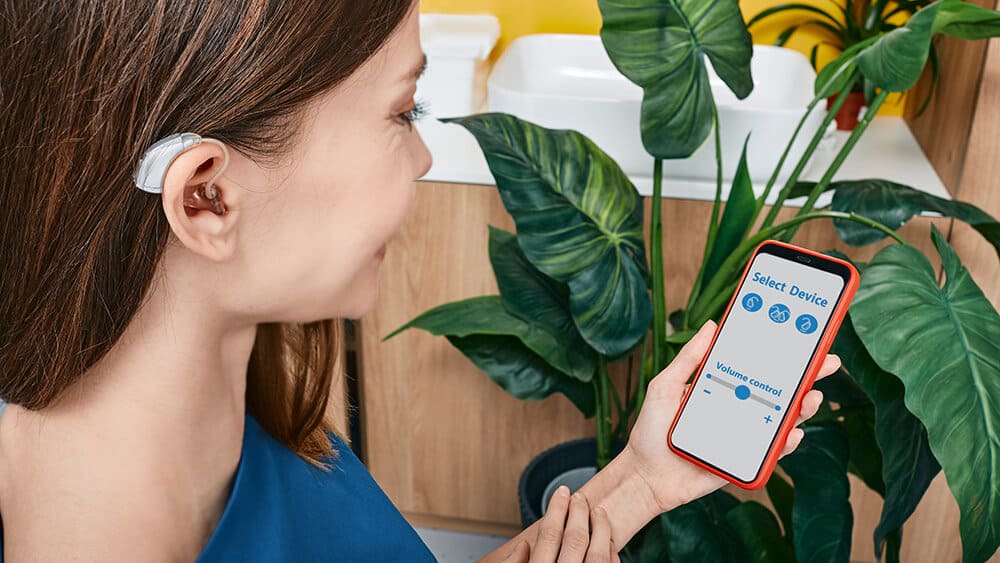
How Do Hearing Aids Work?
Today, hearing aids have evolved into complex pieces of technology and have been refined over time to help people with hearing loss. The development of remarkable hearing aids has restored the industry in the last decade. Today, we're spoiled with choice between discreet, comfortable and high-quality hearing aid models.
Regardless of their style and functionality, all hearing aids share a few important parts: a microphone and an amplifier; a battery compartment; and an on/off switch. Microphones pick up sound, after which it is sent to the amplifier. Hearing aids come in different shapes and sizes, but their purpose is the same: to capture the sounds of your environment and deliver it for your ears and brain to process.
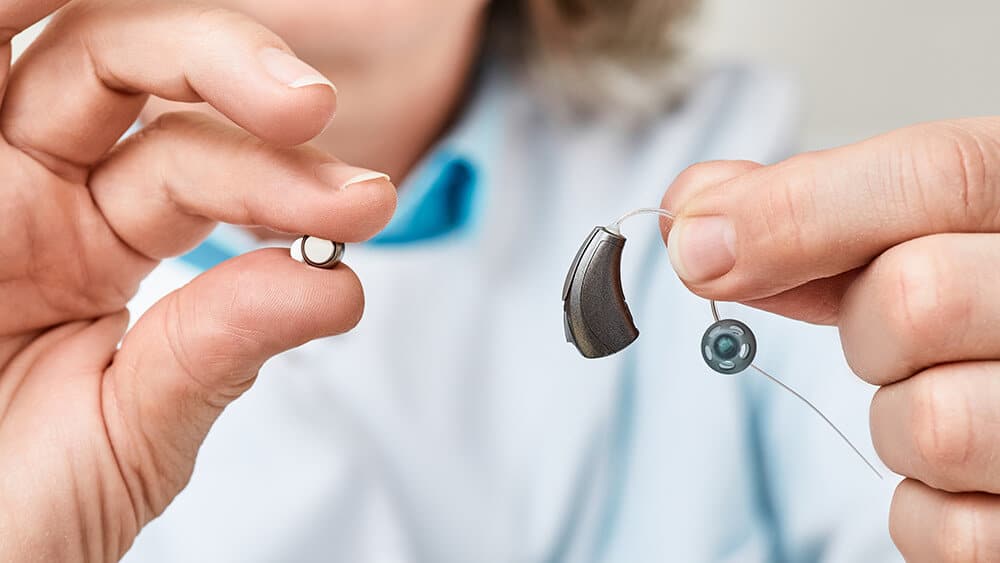
How Long Do Hearing Aids Last?
In most cases, hearing aids will last around three to seven years. Behind the Ear (BTE) hearing aids generally last five to six years while In the Ear (ITE) hearing aids last about four to five years.
This is simply because ITE hearing aids are exposed to more moisture and earwax being inside the ear while BTE hearing aids rest on the outside of the ear.
Lithium batteries used in rechargeable hearing aids typically last about four to five years.
Hearing Aid Styles

All hearing aids contain the same components: receiver (microphone), amplifier, speaker, battery, and program/volume control. Hearing aid styles differ in the organization of these parts and how they are worn. Which style is right for you? When selecting a style, many items are considered including the following:
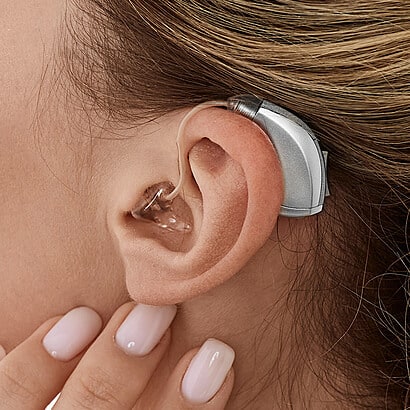
Behind the Ear (BTE)
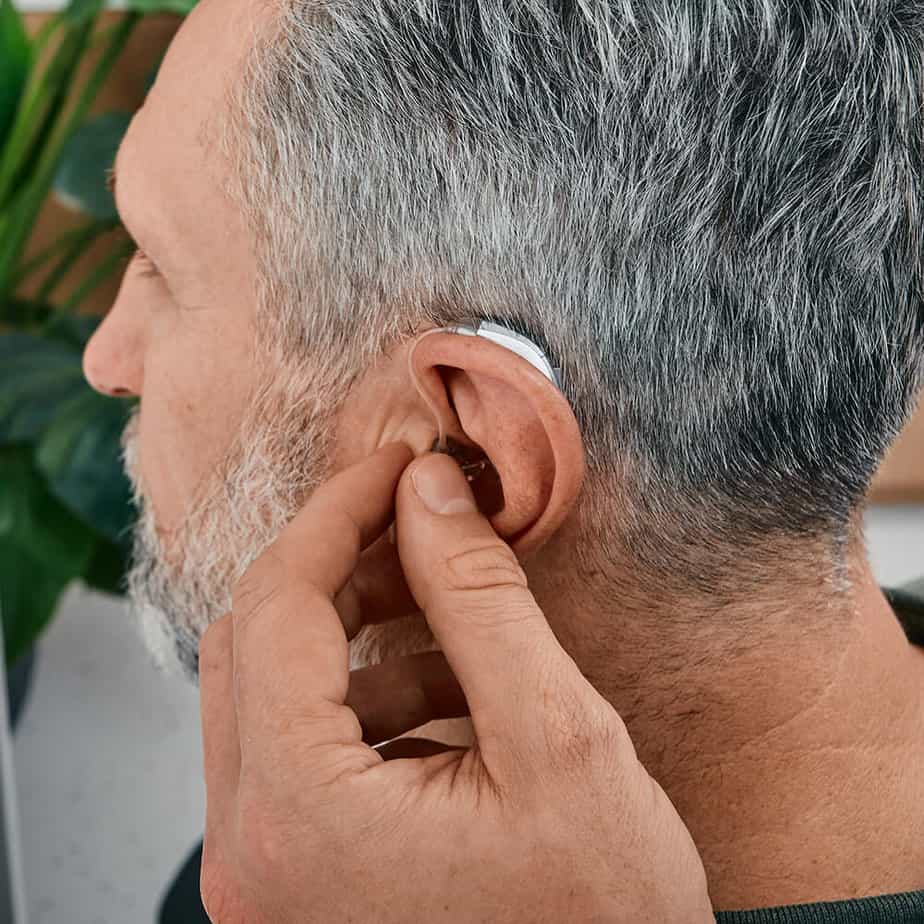
Receiver in Canal (RIC)
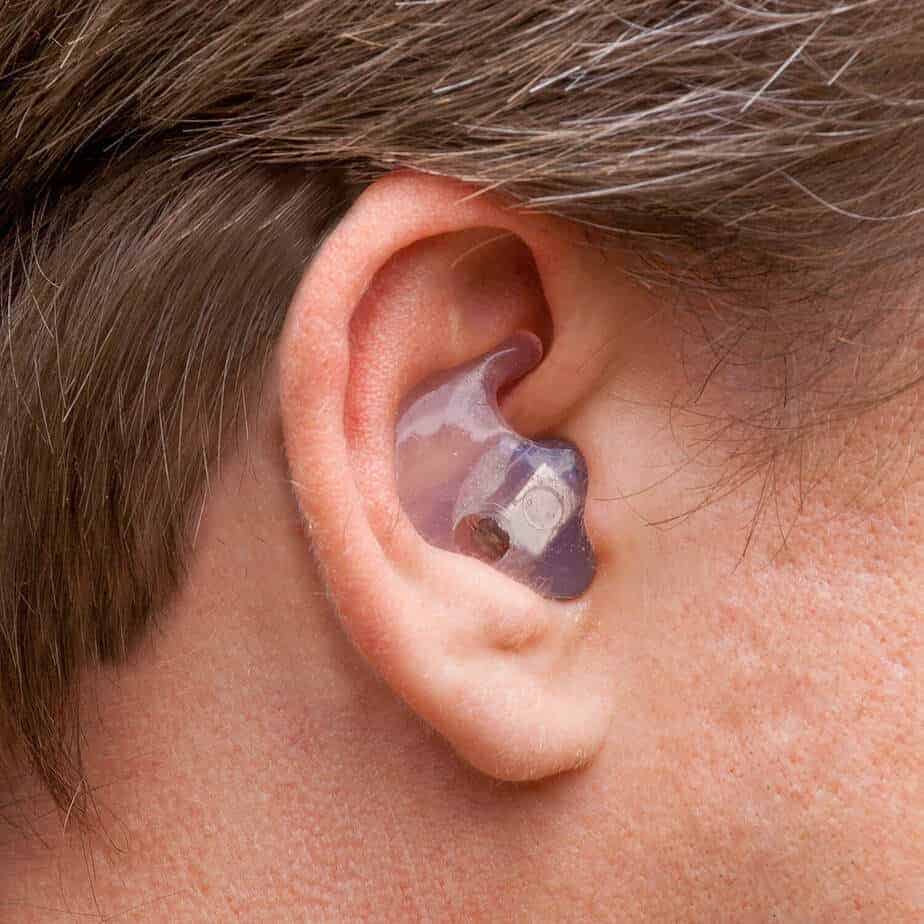
In the Ear (ITE)
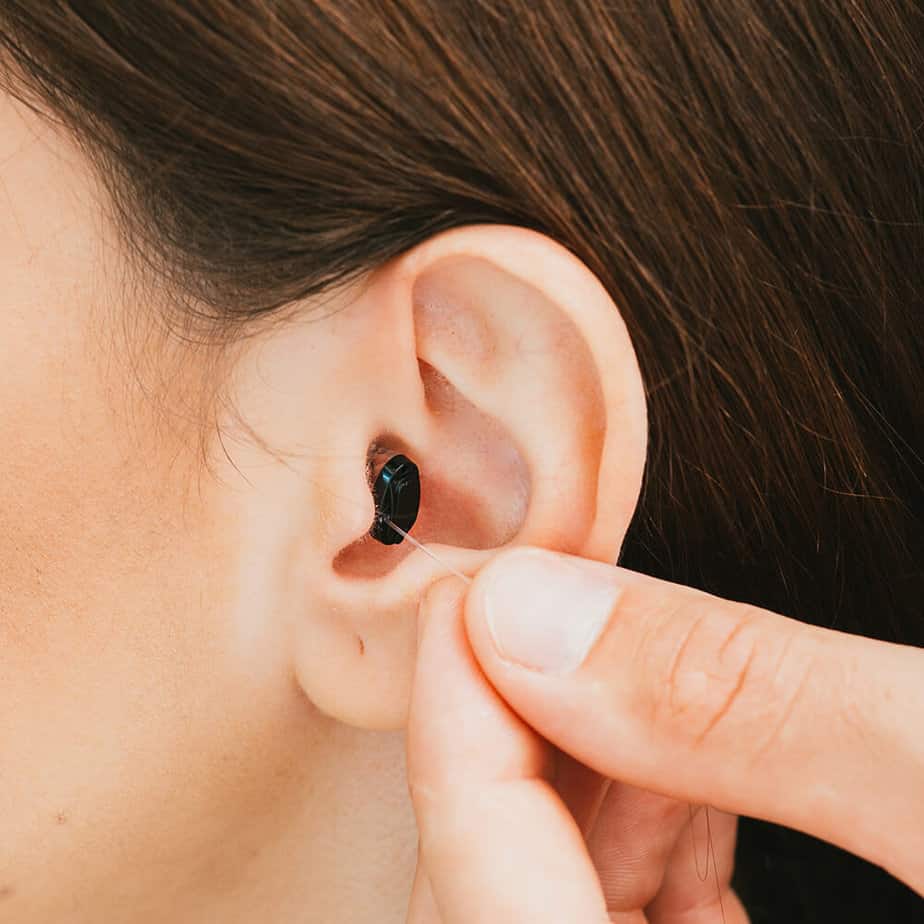
In the Canal (ITC) and Completely in the Canal (CIC)
Hearing Aid Manufacturers
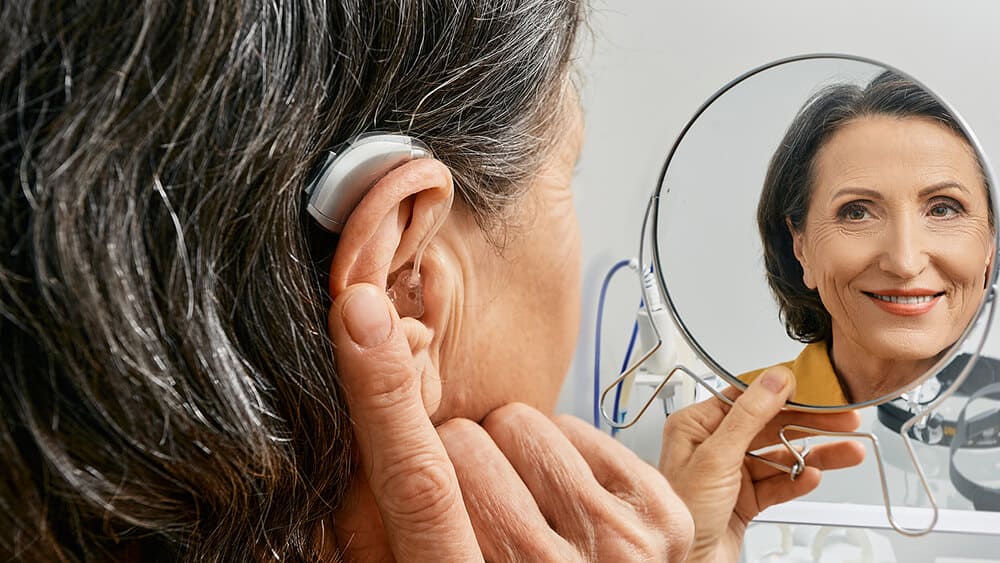
Hearing Tests and Hearing Aid Fittings
At Hearing Wellness Solutions of Springfield, MO, we understand that hearing is an essential part of life and offer comprehensive hearing tests and hearing aid fittings to help individuals of all ages achieve optimal hearing health.
Our experienced staff utilizes state-of-the-art technology to assess patients' hearing abilities, identify any hearing impairments, and determine the most effective treatment options.
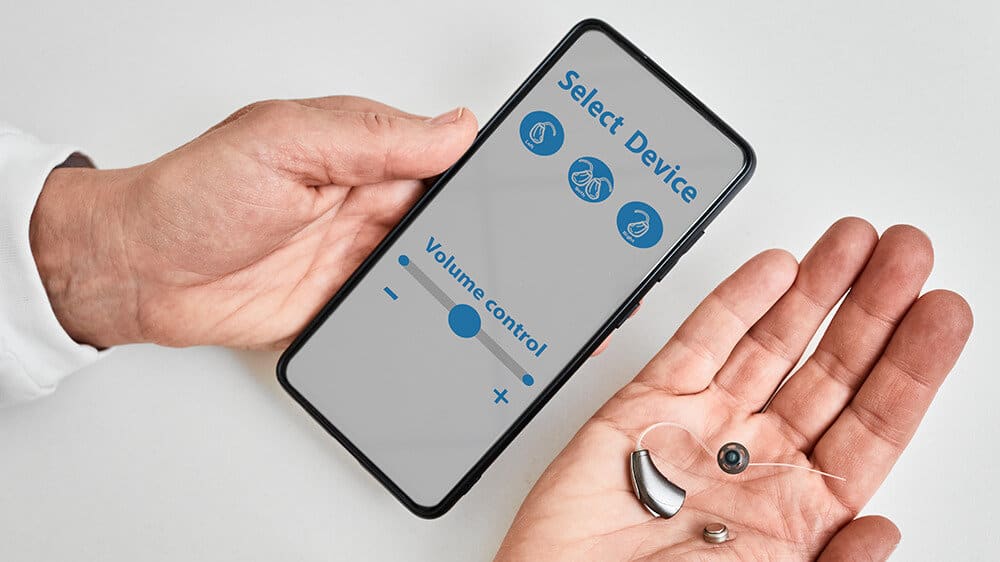
Hearing Aid Services in Springfield, MO
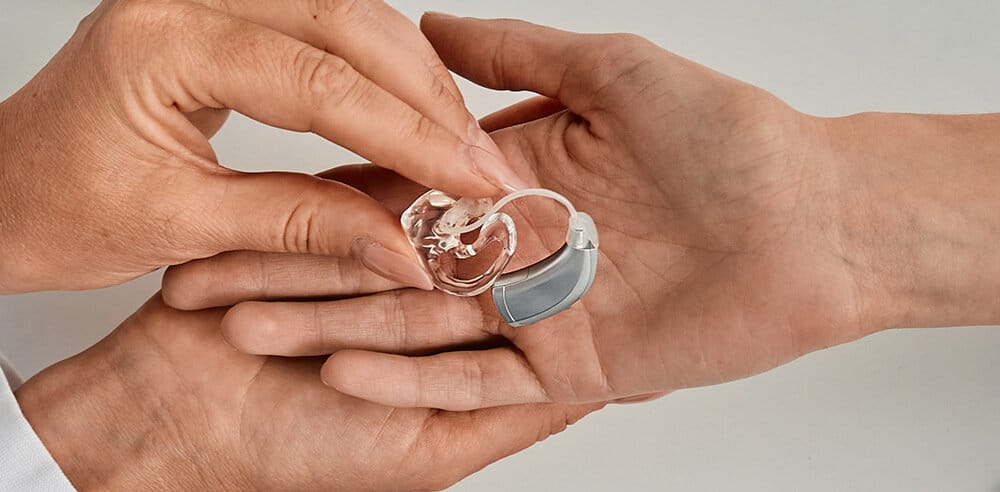
Springfield Hearing Aid Support & Counseling

The essential piece of the puzzle, of course, is to make sure to wear your hearing aids regularly. They are only as effective as they are put into use. Our assistance with the transition to hearing aids should help you reap the benefits far into the future. Not only do we point you in the right direction on the path of hearing assistance, we are there with you as you continue down the road, available to solve any problems you may encounter and to make sure that you continue hearing at your best far into the future.
If you’re seeking hearing aid services in and around Springfield, MO, you’re in luck. Here at Hearing Wellness Solutions, we pride ourselves in our care, expert technical knowledge, and our lovely community here in Springfield. We look forward to meeting you!
Springfield Hearing Aid Maintenance Tips

Hearing Aid Features & Technology

